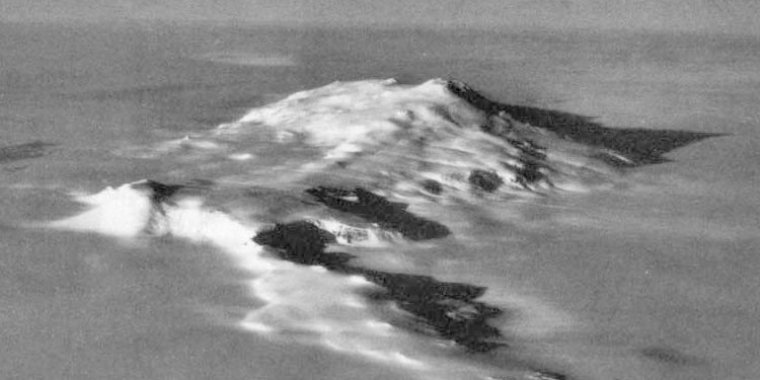| News / Science News |
Studies Offer New Glimpse of Melting Under Antarctic Glaciers
Two new studies by researchers at NASA and the University of California, Irvine, detect the fastest ongoing rates of glacier retreat ever observed in West Antarctica and offer an unprecedented direct view of intense ice melting from the floating undersides of glaciers.

Smith Glacier is a low-gradient Antarctic glacier, over 160 km long, draining from Toney Mountain. ![]()
The fastest-changing glacier of the three (Smith Glacier) is melting nearly six times as fast as a previous estimate for this region, losing up to 230 feet in ice thickness each year.
Smith's fast retreat and thinning are likely related to the shape of its underlying bedrock. The other two glaciers studied are on differently shaped beds and are retreating more slowly.
The results highlight how the interaction between ocean conditions and the bedrock beneath a glacier can influence the glacier's evolution, with implications for understanding future ice loss from Antarctica and global sea level rise. (NASA)
YOU MAY ALSO LIKE



